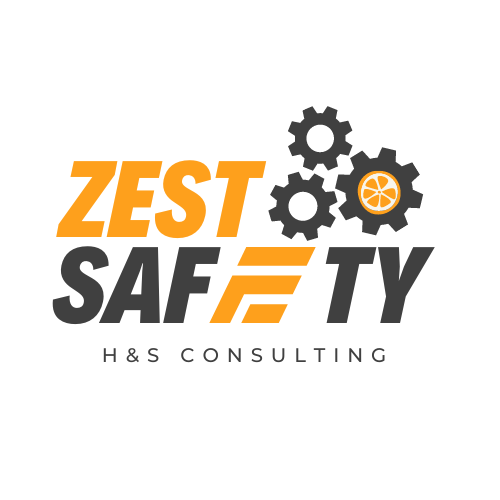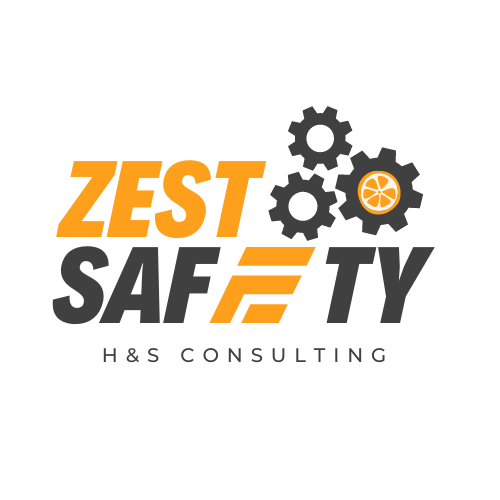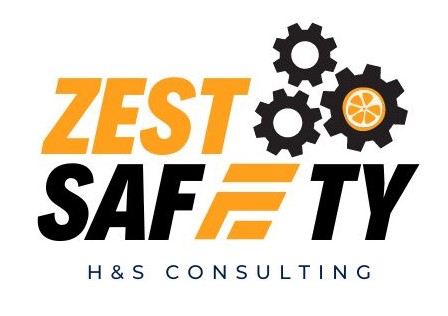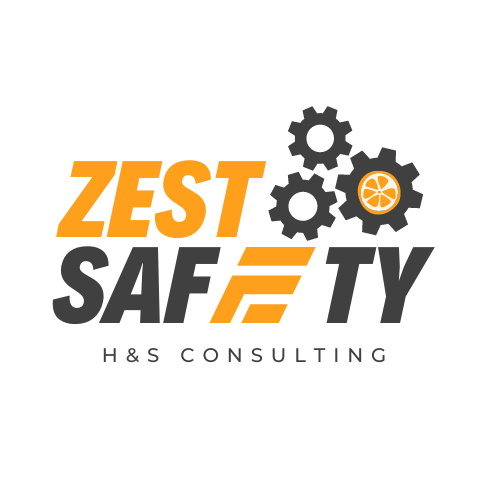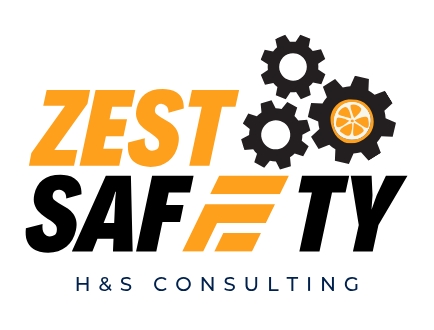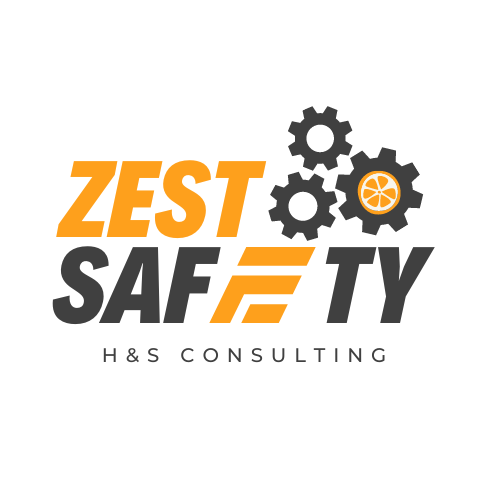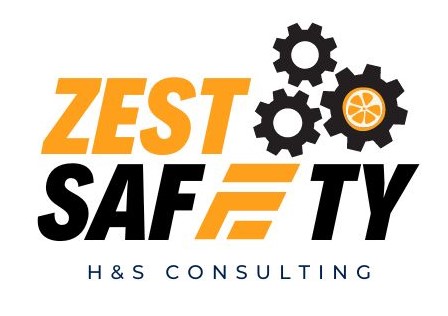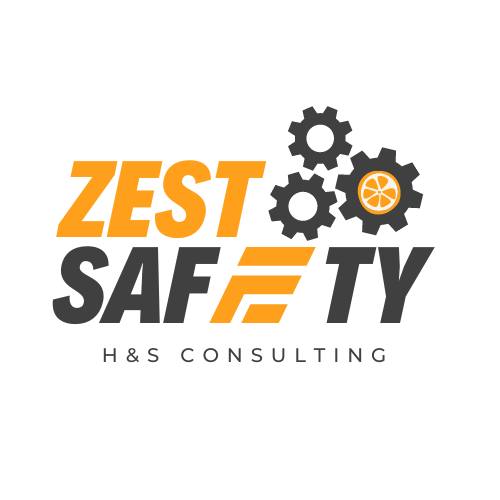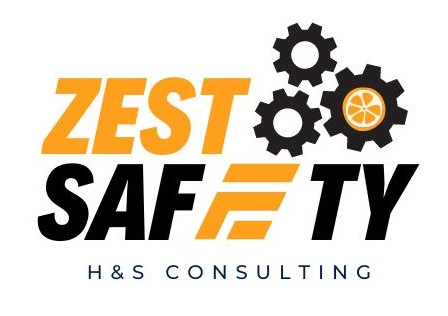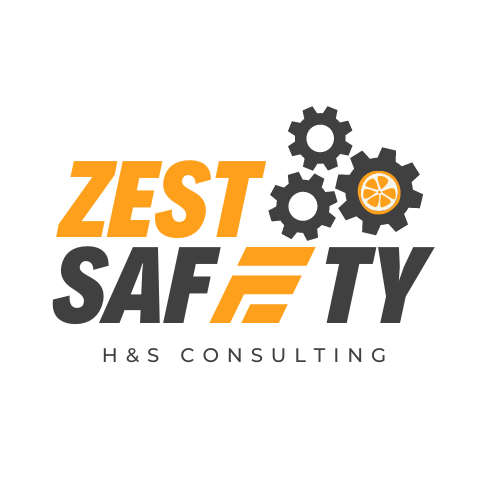Electrical Risks
-
Site conducted
-
Address Loaction
-
Conducted on
-
Inspection Completed by
Electrical Hazards Inspection
-
Are electrical sockets free from overloading? (Ensure that portable power boards are not connected to each other (i.e. avoid 'daisy chaining' by plugging one power board into another, and check that only single appliances are connected to each socket. Extension leads should be plugged directly into the wall outlet and not plugged into a power board).
-
Are electrical cords free from trailing across the floor where they may be stood on and potentially damaged? (note that cords that are 'taped over' or taped to the floor are only suitable for a short duration (couple of days maximum), not a long-term solution).
-
Check the stores display cabinets - are all the cabinet lighting electrical power adaptors (the 'power brick' usually in the middle of the cable) attached and secured to the inside or outside of the cabinet so that they are not dangling freely (putting stress on the cable)?
-
Check on the inside of display cabinets and check that the lighting power adaptor (the power brick) is not on the base of the cabinet with other items stored on top of it (causing overheating to the power adaptor and potential fire risk).
-
Check that there are no exposed electrical cables anywhere around the site (such as exposed wiring), or damaged outer sheath to the wiring.
-
Check equipment in the storeroom and check that all power adaptor (power brick) to computers, phone chargers and other electrical equipment is not in a location where other items could be stored on top of it (causing overheating to the power adaptor and potential fire risk).
-
Are all portable electrical equipment power cords and extension leads free from any damage such as exposed wires, damaged cables, cables pulled slightly out from the plug, damaged plugs etc? Alternatively, if 'testing and tagging' has occurred instead and the equipment is within the test date, mark the question response as "yes". (Portable electrical equipment is anything that can be moved around e.g. computers, laptops, printers, kettle, fridge, microwave, chargers, portable fans, portable heaters, vacuum cleaners, extension leads, power boards etc.
-
The main electrical switch board is secured from being opened if in a public area of the store? (Mark as 'N/a' if it is located in the storeroom/office).
-
If the main electrical switchboard is located in the back room or storeroom area, is the door either locked to prevent unauthorized access, or, if unlocked, is there full protective shielding around all electrical components (including cables, busbar, and contacts) to prevent accidental contact? (Note: A busbar is the live metallic strip or bar behind fuse carriers that distributes electricity within the switchboard. By law, it must be shielded to prevent accidental contact).
-
Are all electrical appliances (e.g., printers, computers, scanners, heaters, fans, vacuum cleaners etc) in good working order and free from visible damage?
-
Are all wall sockets free from any signs of damage, cracks etc?
-
Are any electrical appliances, chargers, or power adaptors showing any signs of overheating?
Sign-off
-
Signature of person completing the inspection
